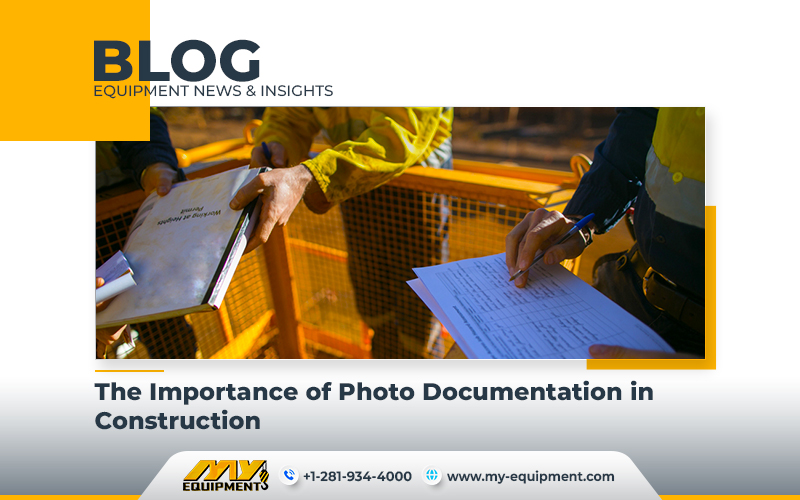In the fast paced environment of construction sites, effective communication and accountability is much needed. Demonstrating your work and the conditions on a site through visual documentation like pictures can actually prevent misunderstandings and hold individuals accountable for their actions. You cannot deny how convenient it is that simply by capturing images of tasks performed and the overall site condition, you can provide concrete evidence in case of errors or disputes.
Streamlined Organization for Efficient Communication
Keeping track of the sensitive information can be a challenge when it is scattered across various different platforms. A dedicated photo documentation system can even centralize all visual records in one place, making room for better communication and organization within your construction company. This system helps segregate personal content from the work related material. This actually allows the easy retrieval of images when they are needed. Plus, providing access to authorized personnel ensures that the information is available to those who require it. So, if a piece of equipment is down and needs maintenance or the company needs to find a wheel loader for sale to replace one that broke down, the people who need to know can find out quickly this way.
Accountability and Decision Making
As construction companies expand, it becomes increasingly difficult for the key stakeholders to physically visit every job site. A reliable photo documentation system bridges this gap by enabling decision makers to just remotely monitor ongoing projects through photos taken by the on site workers. This accessibility empowers stakeholders to make some informed decisions without disrupting the work progress. Notably, this system is invaluable for the correct installation of warrantied products, as images showcase adherence to specific guidelines.
Highlighting of Product Installation and Progress
Photographs provide a comprehensive view of the construction process, particularly when installing warrantied products. Many equipment suppliers and manufacturers stipulate precise installation methods. You should be capturing images before, during, and after installation, highlighting critical steps, this way you demonstrate compliance with these requirements. This practice serves as a visual record of your adherence to instructions, making your credibility and trustworthiness very obvious to clients.
Optimal Timing for Capturing Images
To create a comprehensive visual library, capture images at every stage of the construction process. From initial site visits to final walkthroughs, consistent documentation builds a solid repository of evidence that can be referenced if needed. The more images you capture throughout the project, the more comprehensive your record becomes.
Implementing a System for Photo Documentation
Introducing your crews to photo documentation may initially be met with resistance. To ease this transition, it is good if you try and explain the purpose behind image collection, specify the types of photos required, and detail where these images should be stored (such as a shared drive). Assigning a responsible individual to oversee image sharing and organization for each project location would help with making sure that the system is effectively maintained.


 1400 Broadfield Blvd, Houston, TX 77084,
USA.
1400 Broadfield Blvd, Houston, TX 77084,
USA. omer@my-equipment.com
omer@my-equipment.com